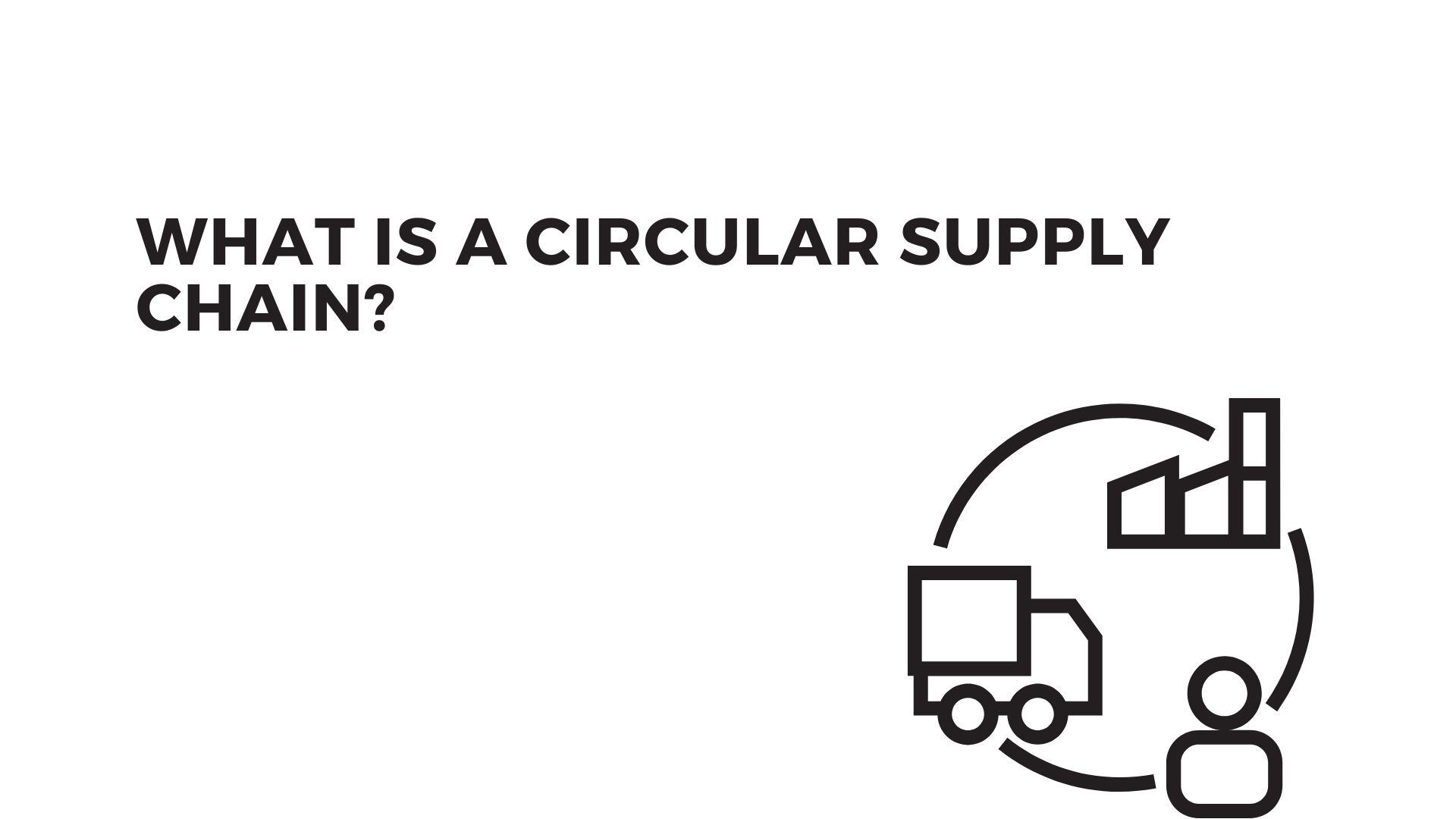From reducing carbon emissions to minimizing waste, companies are increasingly recognizing the importance of adopting environmentally responsible practices. One concept that has gained traction in this movement towards sustainability is the circular supply chain. But what exactly is a circular supply chain, and why is it gaining momentum? Let’s delve into the intricacies of this innovative approach.
Understanding the Circular Economy
At its core, the circular supply chain is rooted in the principles of the circular economy—a regenerative system aimed at eliminating waste and promoting the continual use of resources. Unlike the traditional linear economy, which follows a “take-make-dispose” model, the circular economy seeks to close the loop by designing out waste and pollution, keeping products and materials in use, and regenerating natural systems.
Key Components of a Circular Supply Chain
- Design for Durability and Disassembly: A circular supply chain begins with product design. Companies prioritize durability, repairability, and recyclability, ensuring that products have a longer lifespan and can be easily disassembled at the end of their use cycle.
- Resource Recovery and Recycling: Instead of discarding products at the end of their life, a circular supply chain aims to recover and recycle materials, keeping them in circulation for as long as possible. This involves implementing efficient recycling processes and investing in technologies that enable the extraction of valuable resources from waste streams.
- Reverse Logistics: Traditional supply chains focus primarily on forward logistics—moving products from production facilities to consumers. In contrast, a circular supply chain emphasizes reverse logistics, facilitating the return and repurposing of products at the end of their life. This may involve take-back programs, refurbishment, or remanufacturing processes.
- Collaboration and Partnerships: Embracing a circular supply chain often requires collaboration across the entire value chain, from suppliers to customers. Companies forge partnerships with suppliers who share their commitment to sustainability, collaborate with customers to promote product reuse and recycling, and work with local communities to support circular initiatives.
Benefits of a Circular Supply Chain
- Resource Efficiency: By keeping products and materials in use for longer periods, a circular supply chain minimizes the need for virgin resources, reducing pressure on natural ecosystems and mitigating environmental degradation.
- Cost Savings: Embracing circularity can lead to significant cost savings over time. By optimizing resource utilization, reducing waste disposal costs, and tapping into secondary raw material markets, companies can improve their bottom line while minimizing their environmental footprint.
- Resilience and Risk Mitigation: Circular supply chains are inherently more resilient to external shocks and disruptions. By diversifying sourcing strategies, reducing dependency on finite resources, and building robust reverse logistics networks, companies can better withstand market fluctuations and supply chain disruptions.
- Brand Reputation and Customer Loyalty: In an era where consumers are increasingly eco-conscious, adopting sustainable practices can enhance brand reputation and foster customer loyalty. Companies that demonstrate a commitment to environmental stewardship and ethical business practices are more likely to attract and retain environmentally conscious consumers.
Challenges and Considerations
While the benefits of a circular supply chain are undeniable, implementing this approach comes with its own set of challenges. These may include technological barriers, regulatory constraints, cultural shifts within organizations, and the need for significant investment in infrastructure and capabilities. However, with the right strategies, collaboration, and long-term vision, these challenges can be overcome, paving the way for a more sustainable future.
Embracing the Circular Supply Chain
As the global community continues to grapple with pressing environmental challenges, the transition to a circular supply chain has never been more urgent. By reimagining the way we design, produce, and consume goods, businesses can not only reduce their environmental footprint but also drive innovation, foster resilience, and create long-term value for society as a whole. Together, let’s embrace the circular supply chain and pave the way for a more sustainable and prosperous future.









